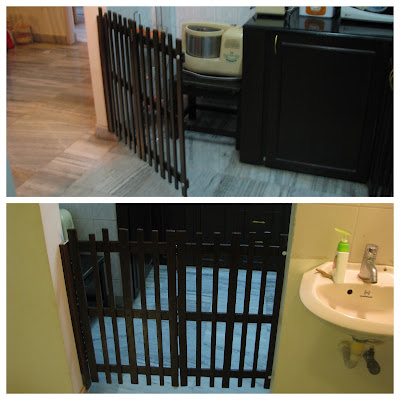The earlier two weeks, we looked at how to build the side table frame. Today, we look at how the frame can be finished to get the desired look as well as fixing the table top. Before you read any further, I suggest that you look at the below three posts to ensure continuity:
- Starting a Side Table project
- Side Table – Design, dimensions and materials required
- How to build the table frame using teak wood legs
 |
| DIY Side Table |
At this point, it makes complete sense to go back and look at how staining can be done on a wooden surface. While this has been extensively covered, a little reiteration will certainly help you get a hold of the methods used. The first step is to sand the wooden surface. Sanding provides the necessary level of smoothness that is required for you to achieve the stained finish that you are looking for.
Recommended reading : The basics of sanding explained through a simple video
 |
| Sanding and staining |
The next logical step in the sequence is to apply sanding sealant. However, considering I already had an exceptionally even surface, and the teak wood was absorbing the stain very well, I decided to skip the sealing process. Sometimes, even when there is an established method, it does not hurt to experiment and resort to methods that work well for a particular project. I used gada cloth to apply the stain, and used another piece of the same cloth to immediately wipe off the excess stain.
Recommended reading : How to apply wood stain for your DIY projects
 |
| Staining process continued |
Finally, the frame is built and wood stain has been applied. Now the next step is to fix the top and middle layer. I used a 12mm plywood for both the layers. To fix the plywood on the frame, you can nail wooden reapers along the inner sides of the frame. Considering the plywood top is 12mm in thickness, the reaper should be nailed 12 mm below the top of the frame to ensure the plywood is in line with the frame top.
 |
| Using a wooden reaper to support the plywood top |
What you see above is the reapers nailed on the inner side of the frame for the top layer. Similarly, I have nailed 4 more for the middle layer (not shown in the picture). The plywood needs to be neatly cut with the dimensions being almost equal to the inner dimension of the frame - In this case, about 14 inches x 14 inches. Once the reaper is in place, and the plywood is cut, all you need to do is merely place the plywood on top of the reapers. And your side table is ready to be used.
 |
| A Do-it-yourself sidetable |
We are still debating on how I should finish the table top. Right now, it is just the plywood surface. We are considering doing an art work on the top to give the side table an ethnic look. What do you think ? Should we consider other options. Let us know.
















